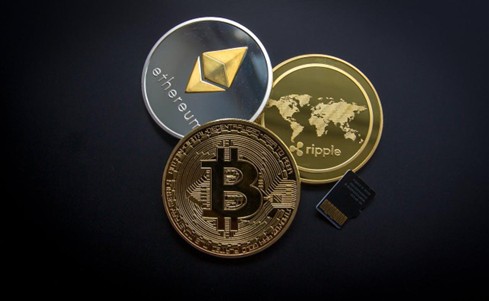Introduction
Crypto exchanges have really been key to how the whole digital asset world has grown. They're where people go to trade, buy, and sell crypto. Think back to when Bitcoin first appeared in 2009; exchanges have come a long way since then. They started out as pretty basic peer-to-peer setups, but now they're complex trading platforms with serious security and they're starting to fall under regulations. In this article, let’s take a look at how these exchanges have changed over time and how they've affected the crypto market.
The Early Days
Before centralized exchanges became widespread, early adopters of Bitcoin relied on direct trades through online forums and over-the-counter markets. Platforms such as BitcoinTalk and LocalBitcoins allow users to find trade partners and negotiate transactions manually. These early methods, however, were slow, lacked security, and carried significant counterparty risks.
The Birth of Centralized Exchanges
The first cryptocurrency exchange, BitcoinMarket.com, launched in 2010, marking the beginning of a more structured trading system. Soon after, platforms like Mt. Gox, founded in 2010, emerged as dominant players, facilitating a significant portion of Bitcoin trading worldwide.
While centralized exchanges provided liquidity and ease of use, they also became targets for hacks, with Mt. Gox suffered a massive security breach in 2014, leading to the loss of approximately 850,000 BTC.
The Rise of Altcoin Exchanges
As interest in cryptocurrencies grew, new altcoins entered the market, necessitating the creation of more diversified exchanges. Platforms such as Bittrex and Poloniex began listing multiple cryptocurrencies, allowing traders to diversify their portfolios. This era saw increased trading activity and the rise of alternative assets like Ethereum, Litecoin, and XRP, each offering unique blockchain functionalities.
The Introduction of Decentralized Exchanges
Security concerns surrounding centralized exchanges led to the development of decentralized exchanges, which operate without a central authority. Platforms like EtherDelta, Uniswap, and PancakeSwap leveraged blockchain technology to enable peer-to-peer trading without intermediaries. DEXs provided greater security and privacy but often struggled with liquidity and user experience compared to their centralized counterparts.
Regulatory Challenges and Compliance Measures
With the growing popularity of cryptocurrency trading, governments and financial regulators worldwide began imposing stricter regulations on exchanges. Platforms were required to implement Know Your Customer and Anti-Money Laundering protocols to prevent illicit activities.
Regulatory compliance became a key factor in determining the success and legitimacy of an exchange, leading to the rise of highly regulated platforms such as Coinbase, Binance, and Kraken.
The Role of Stablecoins and Institutional Trading
The volatility of cryptocurrencies led to the introduction of stablecoins, such as Tether (USDT) and USD Coin (USDC), which allowed traders to hedge against price fluctuations.
Plus, institutional investors began entering the crypto space, prompting exchanges to enhance their infrastructure to accommodate larger trade volumes and sophisticated financial instruments like futures and options.
Modern-Day Exchanges and Future Trends
Today, cryptocurrency exchanges offer an extensive range of features, including spot trading, futures contracts, staking, and yield farming. The integration of artificial intelligence, improved security measures, and enhanced user interfaces has made trading more accessible than ever. Moreover, the fluctuation of digital assets remains a key topic, with traders closely monitoring assets like Bitcoin, Ethereum, and XRP price movements to make informed decisions.
Looking ahead, the cryptocurrency exchange landscape is expected to evolve further with advancements in blockchain scalability, cross-chain interoperability, and increased regulatory clarity. As the market matures, exchanges will continue to play a crucial role in shaping the financial ecosystem of the future.

